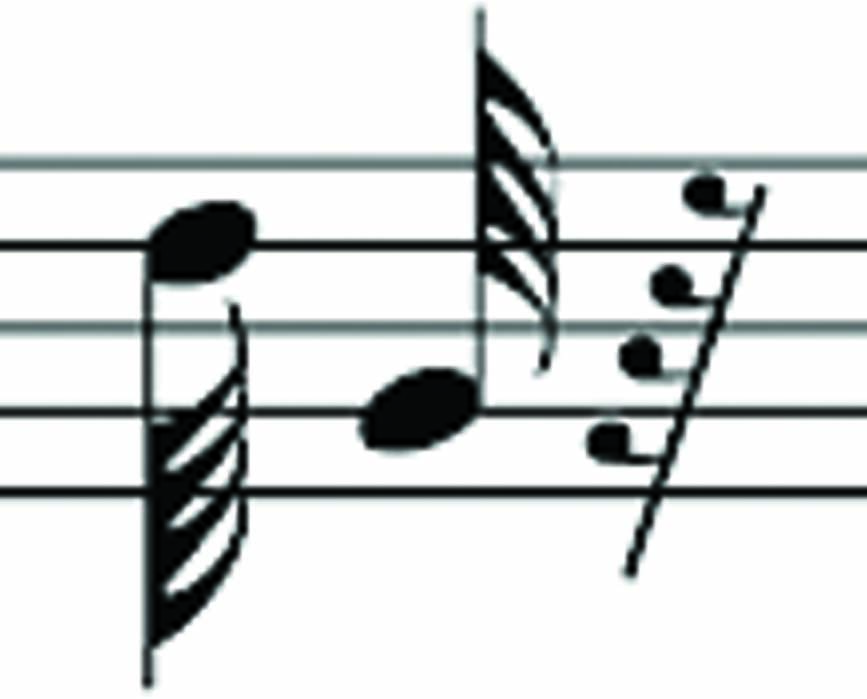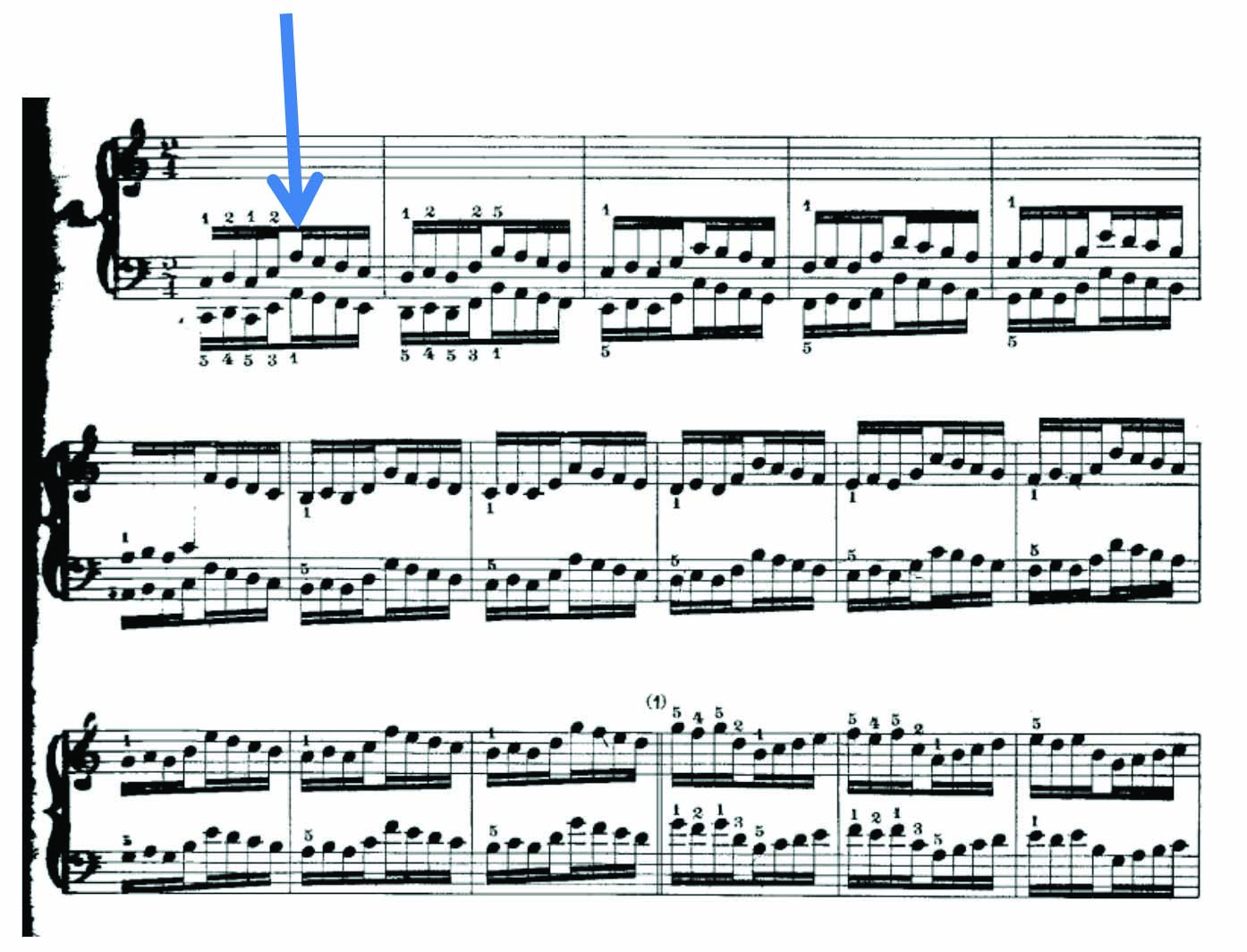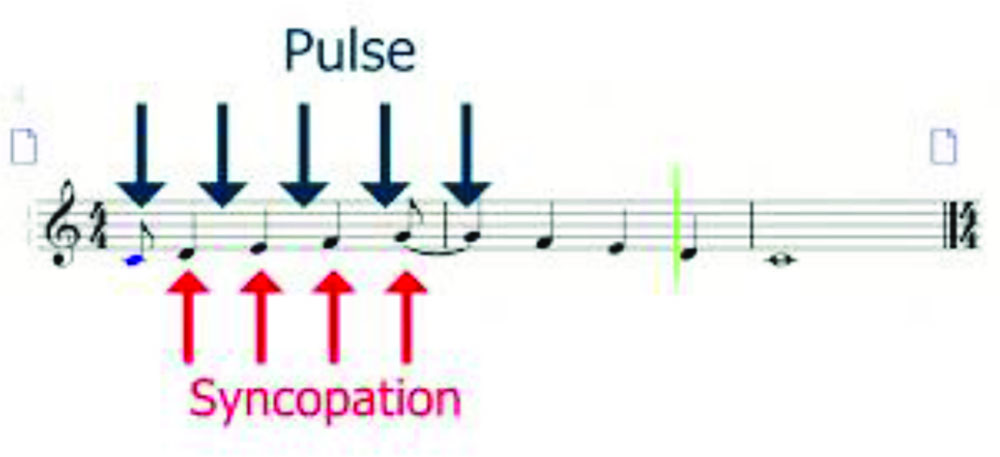In very old days past, I used to play piano, but not anymore. Age wore out the fingers, but they are not rusty.
Let us begin by suggesting the reader to listen the Italian Hetty & Jazzato Band playing “Tu vo’ fa’ l’American” (“You Want to be Disguised as an American” or “You Want to Play the American”), a nice and funny Neapolitan song, sang in such difficult dialect. By the way, my maternal grandma was Neapolitan.
Do that, please, as it is important to better understand the rest of this article. What do you notice? What do you feel when listening to that song? Those inserted notes out of the main rhythm, and so they are, don’t they cause a funny nice sensation? In opposition, other square rhythms, always or almost always, keep obedience to what the instructions indicate at the beginning of the piece, those apparent fractional numbers just in front of the clef, say the 2/4 or the 4/4, or others, like 3/4 or 6/8. Well, they are not fractional numbers. Louis Armstrong, mainly during the Roaring Twenties years, was a master for eliciting similar perceptive responses. Well, jazz in general, would be nothing without those discrepancies, shall we better say, dyssynchronisms, which in music are named syncopation.
By definition, syncopation is a temporary displacement of the regular metrical accent in music caused typically by stressing a weak beat. Let us recall first the basic concept that an eighth note, or a quaver, is a note played for one eighth the duration of a whole note. This amounts to twice the value of a 16th note. To complete the scheme, there is an even shorter one called the 64th note, or hemidemisemiquaver, sometimes called also a half-32nd note, that is, a note played for half the duration of a 32nd note, hence the name (Figure 1). Thus, the whole note (redonda, in Spanish) gives the reference value.


The 2/4 of Figure 2 indicates that eight sixteenths (8 semicorcheas, in Spanish) form each measure with accents in the first and fifth notes. What about, then, if one wants to play only the fourth note, isolated from the rest, removing the rest? It is difficult by simple listening to locate that note if there is no other complementary criterion, as the melodic phrase could be. In the particular case of Figure 2, melody is too boring or not existant.
For example, if you conduct or tap the counting pulse while listening to a song, several notes in a row that are articulated between your taps or conducted beats, with no notes articulated simultaneously with the counting pulse, indicate syncopation. Syncopation is the accenting of a note which would usually not be accented. Syncopation is often described as being off beat. The time signature of a piece of music gives an indication of a regular pattern of strong and weak beats. A syncopated rhythm goes against this pattern by putting the accent on weak beats (Figure 3). The latter sentence represents a good short way of remembering the concept: Putting the accent on weak beats. Syncopation is important, relevant, because without it music can easily become repetitive and uninteresting. Squared rhythms, instead, tend to be too simple, even naïve. Very little, if ever, is syncopation used. Old tangos, those which are classified as the Guardia Vieja class (the Old Guard) do not show by and large this trick. Perhaps this explains the success Astor Piazzola had with his revolutionary contributions, where syncopations abound. However, there are other tango composers who also produced new syncopation lines, as for example Marianito Mores and Emilio Balcarce, to mention only two of a newer generation.

Classical music, of course, is not devoid of such magnificent tool. Johann S. Bach and Händel used syncopated rhythms as an inherent part of their compositions. One of the best-known examples of syncopation in music from the Baroque era was the Hornpipe, from Händel’s Water Music, written in 1733.
So much as a few examples from various sources. Let us now take a look at the same melodic line as unsyncopated and as syncopated piece. Both things can be done without difficulty. Which one gives us more pleasure?
Jazz musicians like to emphasize the notes that they play on the “upbeats.” That is, if you’re tapping your foot along with the beat of the music, jazz musicians tend to emphasize the notes that occur when your foot is in the air. This is syncopation: accenting upbeats.
One study by Keller and Schubert investigated cognitive and emotional effects of syncopation, a feature of musical rhythm that produces expectancy violations in the listener by emphasizing weak temporal locations and de-emphasizing strong locations in metric structure. Stimuli consisting of pairs of unsyncopated and syncopated musical phrases were rated by 35 musicians for perceived complexity, enjoyment, happiness, arousal, and tension. Overall, syncopated patterns were more enjoyed, and rated as happier, than unsyncopated patterns, while differences in perceived tension were unreliable. Complexity and arousal ratings were asymmetric by serial order, increasing when patterns moved from unsyncopated to syncopated, but not significantly changing when order was reversed. These results suggest that syncopation influences emotional valence (positively), and that while syncopated rhythms are objectively more complex than unsyncopated rhythms, this difference is more salient when complexity increases than when it decreases. It is proposed that composers and improvisers may exploit this asymmetry in perceived complexity by favoring formal structures that progress from rhythmically simple to complex, as can be observed in the initial sections of musical forms such as theme and variations. Valence, as used in psychology, especially in discussing emotions, means the intrinsic attractiveness (positive valence) or aversiveness (negative valence) of an event, object, or situation.
What do we have after this short text? Nothing new under the sun, just that I want to call the attention of many who never heard the word syncopation but for sure, as listeners, enjoy daily its perceptive effects without realizing. Without it, music would not have so many fans!


